Innovative journalism is forged at the intersection of technology, storytelling and creative solutions to improve reporting and better serve audiences.
At LatAm Journalism Review (LJR), we are highlighting 10 journalism projects from Latin America that made an impact or were recognized in 2023.
Artificial intelligence tools, interactive games, storytelling using geolocation and collaborative projects are some of the innovative elements with which these works produced outstanding coverage of elections, human rights violations and climate change, among other topics.
Other projects proposed innovative solutions for better journalism, and for the fight against disinformation and hate speech.
In February 2023, digital investigative journalism outlet IDL-Reporteros, from Peru, published "Ayacucho: A homicide X-ray", a video investigation that, through the use of audiovisual material from open sources, reconstructed a massacre that took place in Ayacucho in December 2022.
Thanks to a thorough analysis of material from witnesses and social media, as well as the use of Google Earth's geolocation and distance measurement functions, the journalists reported that at least six protesters were killed by the military, which contradicted the official version of the Peruvian government.
According to its authors, the report was incorporated as evidence for the case in the Ayacucho prosecutor's office.
Additionally, the report won the 2023 Gabo Award in the Image category. The award jury highlighted IDL-Reporteros' use of the video reconstruction format that, with limited resources and scarce official information, managed to tell what the authorities concealed.
The jury also recommended that journalists in the region use the working model behind "Ayacucho: A homicide X-ray" to cover stories of repression and human rights violations.
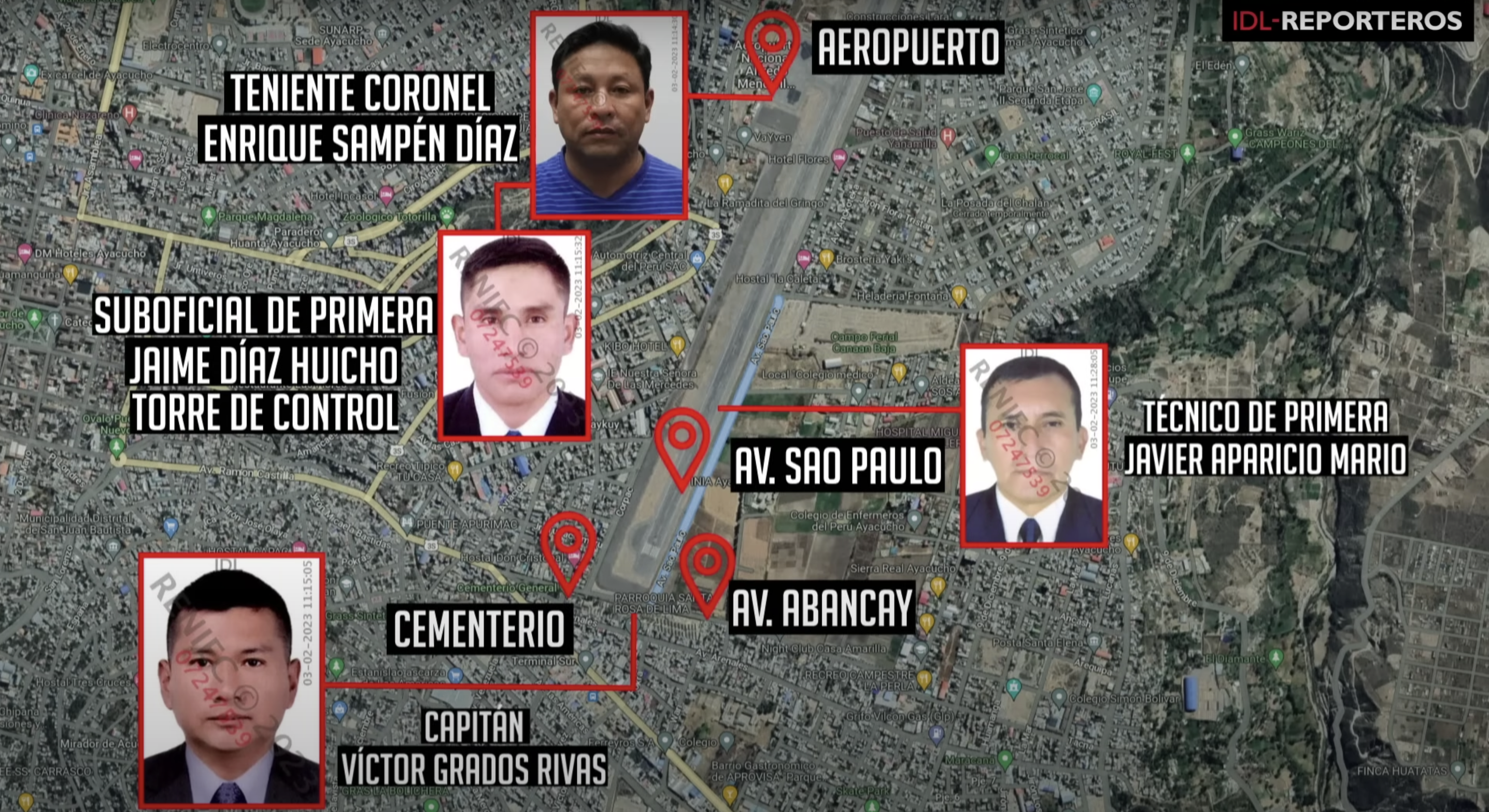
Name: Ayacucho: Radiografía de homicidios (Ayacucho: A homicide X-ray)
Creators: Rosa Laura and César Prado (IDL-Reporteros, Peru)
Launch date: Feb. 12, 2023
Funding: Resources from the media outlet itself
Why it is innovative: It uses forensic reconstruction techniques with open source material and a video narrative with elements of georeferencing and a timeline.
An innovative investigation reported that Uruguay's critical infrastructure and both the most vulnerable and the wealthiest neighborhoods of its capital city are at risk of being underwater if the effects of climate change are not curbed. It is “La Ciudad Sumergida" (The Submerged City), a climate-focused data journalism project developed by the Uruguayan technology and science journalism outlet Amenaza Roboto, in collaboration with a team of scientists.
The investigation, the first in the country to analyze the flood line and its impact on the population and critical infrastructure along the coast of Montevideo, revealed information relevant to citizens that had remained hidden in public documents of the Uruguayan state. As part of its methodology, Amenaza Roboto used multiple databases as well as geographic information systems (GIS) and other visualization tools to show potential damages and the importance of developing flood risk strategies.
In addition to winning a Sigma Award for the best in data journalism, "The submerged city" had great social and media impact in Uruguay. And, according to its creators, it has inspired other media in the region to conduct similar investigations. It also gave rise to new databases that were made available to the public in open format.
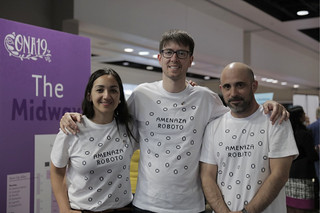
Name: La ciudad sumergida (The submerged city)
Creators: Gabriel Farías, Natalie Aubet, Miguel Ángel Dobrich, and Nahuel Lamas (Uruguay)
Launch date: Nov. 22, 2022
Funding: Funds from the Open Climate Data Competition of the Uruguayan Ministry of Environment, Agesic, Open Data Charter, and the Inter-American Development Bank.
Why it is innovative: It was the first investigation to analyze Montevideo's flood line and its impact on population and infrastructure.
A group of journalists from countries in the Global South took a step forward on the road to developing more inclusive and less racially biased artificial intelligence.
Journalists from Grupo Octubre (Argentina), El Surtidor (Paraguay) and GMA Network (Philippines) created a platform that uses artificial intelligence to identify and tag images and videos from newsroom archive material, with the intention of streamlining search processes.
The result was Image2Text, an Application Programming Interface (API) that, in addition to being able to recognize and tag faces in audiovisual material, is built in such a way that each user can contribute to the training of its algorithms with their own images. The intention is for the tool to work increasingly better in the context of non-English-speaking countries.
The forerunner Visión Latina, a visual recognition platform developed by Grupo Octubre as part of the Google News Initiative's Innovation Challenge 2021, is already used by the group's channels and is available for other media.
Image2Text was released earlier this year as an open file on GitHub accompanied by a starter pack so that interested media outlets can run the API in their newsrooms. The next stage of the project is to build a user-friendly interface so that any journalist can run Image2Text even without having any programming skills.

Name: Image2Text
Creators: Lucila Pinto, Nicolas Russo (Grupo Octubre, Argentina), Sara Campos, Eduardo Ayala (El Surtidor, Paraguay), Jaemark Tordecilla, and Raymund Sarmiento (GMA News Online, Philippines)
Launch date: January 2023
Funding: Through the JournalismAI Fellowship initiative.
Why it is innovative: It applies artificial intelligence computer vision technology to improve image recognition in the context of the Global South.
Combating disinformation and hate speech via WhatsApp doesn't require a sophisticated chatbot or other AI tools. Sometimes the simplest solutions executed with the right strategy are just as effective.
This was demonstrated by Spreading truth, a project from Bolivia Verifica, a non-profit organization that specializes in fact-checking and aims to promote reflection and a culture of peace through the monitoring and fact-checking of hate speech in Bolivia. The project consists of developing articles and graphic pieces from verified content that are then distributed through WhatsApp in order to refute publications on social media that use hate speech to sow confusion.
Spreading truth, which was mentored and supported by the Argentine fact-checking organization Proyecto Desconfío, was born as part of Bolivia Verifica's participation in the "Spread the Facts" program of the International Fact-Checking Network (IFCN) in alliance with Meta, which sought to support projects to combat disinformation using WhatsApp. Bolivia Verifica was the only Latin American newsroom in the program.
Unlike other initiatives to combat disinformation on WhatsApp, Spreading truth has two target audiences: Bolivian readers, particularly young people, and journalists who use the content for their own media while helping to amplify the reach of the verifications. The material is published through two distribution lists on WhatsApp, one for each target audience.

Name: Repartiendo verdades (Spreading truth)
Creators: Bolivia Verifica (Bolivia), with support from Proyecto Desconfío (Argentina)
Launch date: January 2023
Funding: Through IFCN's "Spread the Facts" grant
Why it is innovative: It uses simple content with clear messages to combat a specific type of disinformation and serves both readers and other journalists and news outlets.
Periódico AM, a traditional daily with 45 years of history in León, in the state of Guanajuato, Mexico, took a moment away from the vortex of daily news to experiment with new formats to tell stories of their city. The result was "Panzasverdes [Green bellies]," a video documentary miniseries that seeks to portray León as told by its own people.
The project was the newspaper's contribution to the celebration of the city's 447th anniversary. It consists of eight episodes of less than 10 minutes each, covering topics such as industry, culture, gastronomy and customs of León, and its inhabitants’ way of being. The episodes were published in weekly installments between January and February of this year.
The project, Grupo AM's first video series, was recognized at the 2023 WAN-IFRA Digital Media Awards Americas for Best Use of Video in the small or local media category. The organization highlighted the use of interviews, investigation and social media to talk about symbolic aspects and the identity of a city.
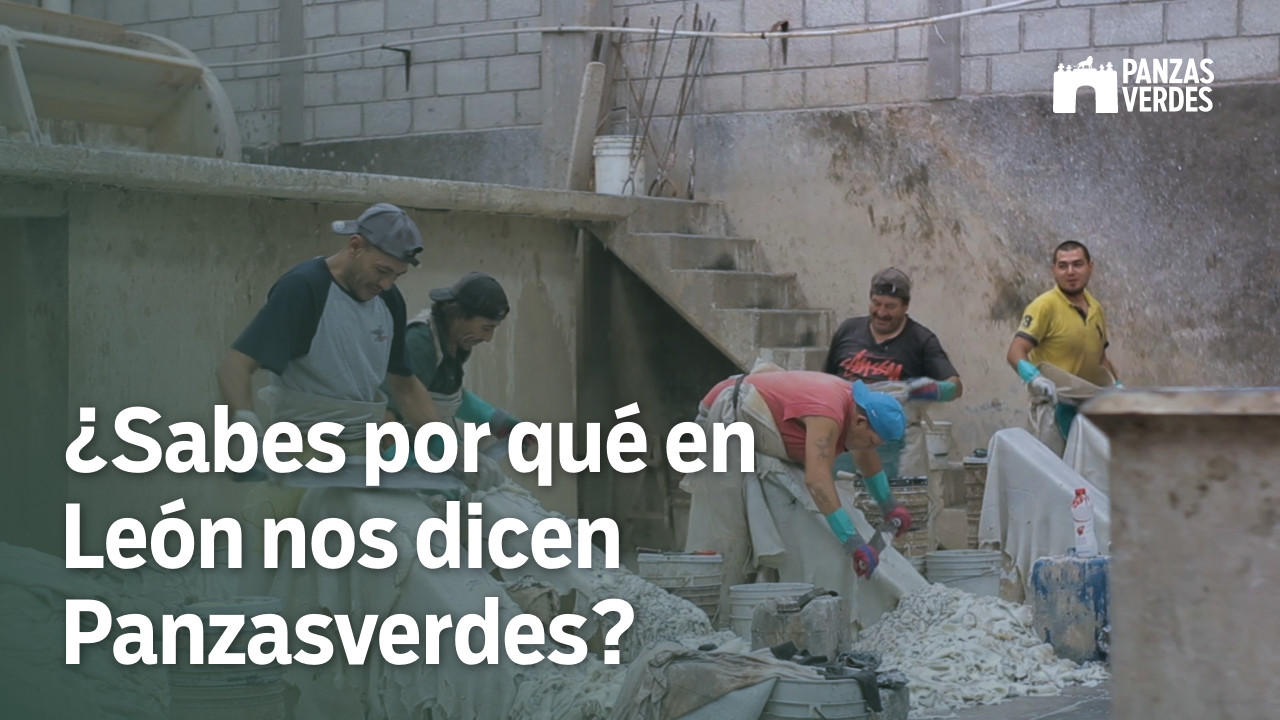
Name: Panzasverdes [Green bellies]
Creators: Grupo AM (Mexico)
Launch date: January 2023
Funding: Advertising sponsorships
Why it is innovative: In addition to having made a novel use of video narrative, it was the first documentary miniseries from the local media outlet.
The great global attention the Amazon has garnered in recent years because of the social and environmental conflicts it faces was the trigger for Brazilian journalist Daniel Nardin to decide to make available to colleagues around the world the list of contacts he has compiled throughout his career in Belém, capital of the Amazonian state of Pará.
This is how Amazônia Vox was born. It’s a platform that seeks to connect journalists, sources and other professionals from the Brazilian Amazon with colleagues and media from other regions, in order to generate reliable contacts, which will translate into better coverage of Amazonian issues.
The beta version of the platform has been active since June 2023. It includes data from more than 300 freelance journalists and almost 600 sources collected by Nardin and the Amazônia Vox team. In addition, the site has open forms for other journalists and specialists in various fields to register to be part of the database.
Amazônia Vox also seeks to publish investigative journalism with a focus on solutions journalism, thus proposing possible answers to the problems of the Amazon region. Nardin also plans to increase the scope of the project by translating the site into English and expanding it to other countries with Amazonian territory.
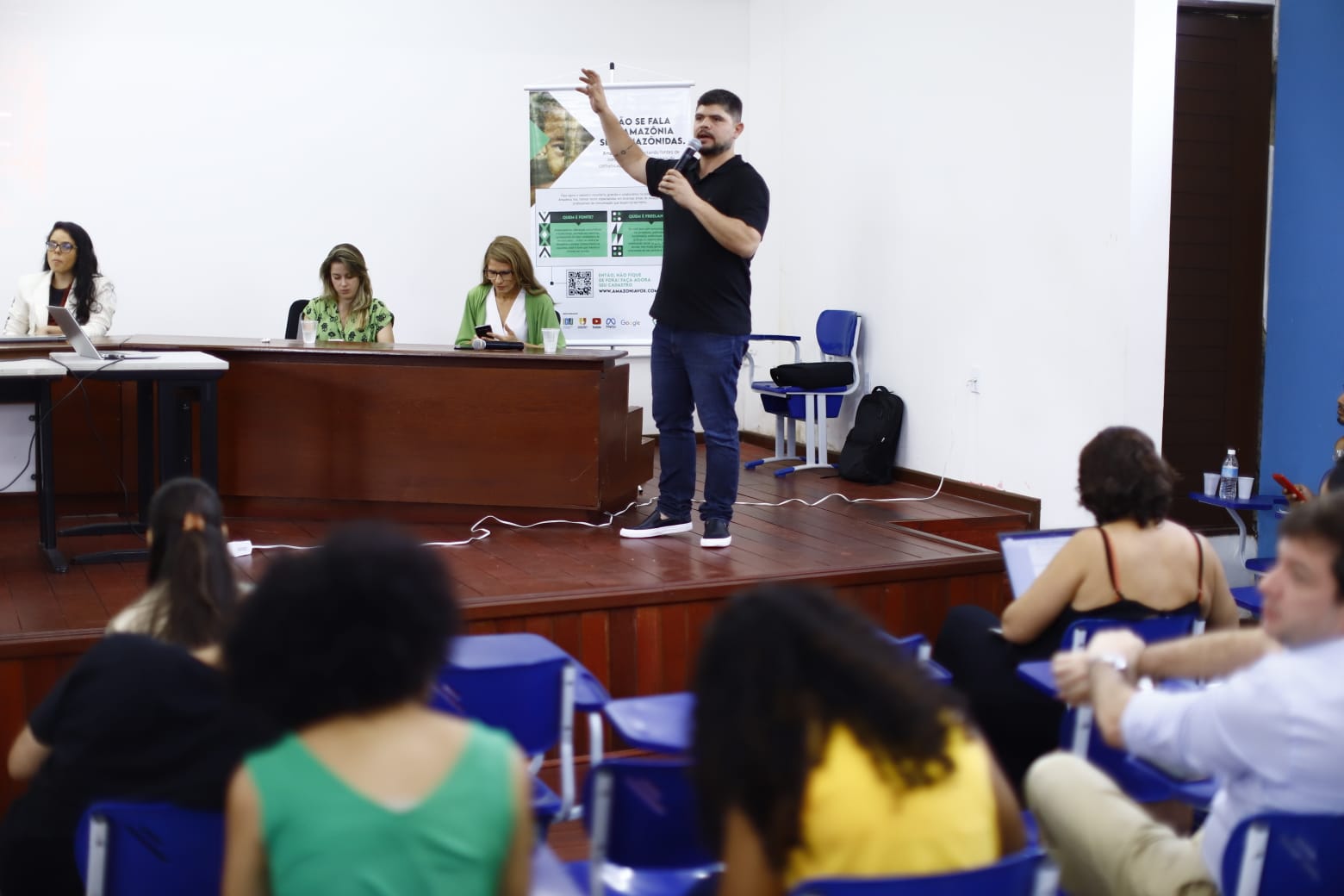
Name: Amazônia Vox
Creators: Instituto Bem da Amazônia (Brazil)
Launch date: June 2023
Funding: Grants from international foundations
Why it is innovative: It seeks to connect journalists and sources from a specific region with communicators and media from abroad.
Hate speech has proven in recent years to be one of the main threats to journalism in Latin America, especially in countries with authoritarian governments or with hostile attitudes towards the news media, such as Brazil or Mexico. With that in mind, journalists from the organizations Abraji and Data Crítica developed Attack Detector, a tool that uses artificial intelligence to analyze hate speech on social media and to detect possible attacks against journalists, activists and land defenders.
The project was developed as part of the participation of both news outlets in the JournalismAI Fellowship, an initiative of JournalismAI, the organization dedicated to research on journalism and artificial intelligence at the London School of Economics and Political Science (LSE).
The tool was built on open source multilingual natural language processing models, including "sentiment analysis" or opinion extraction models, which are able to identify the emotional tone behind a text. This is intended to detect not only explicit attacks, but also aggressions with less literal constructions, such as irony or disguised insults.
The team behind Attack Detector completed the beta version of the tool earlier this year. However, changes to Twitter's policies as it transformed into X hindered plans to create an API so that other organizations could use the model.
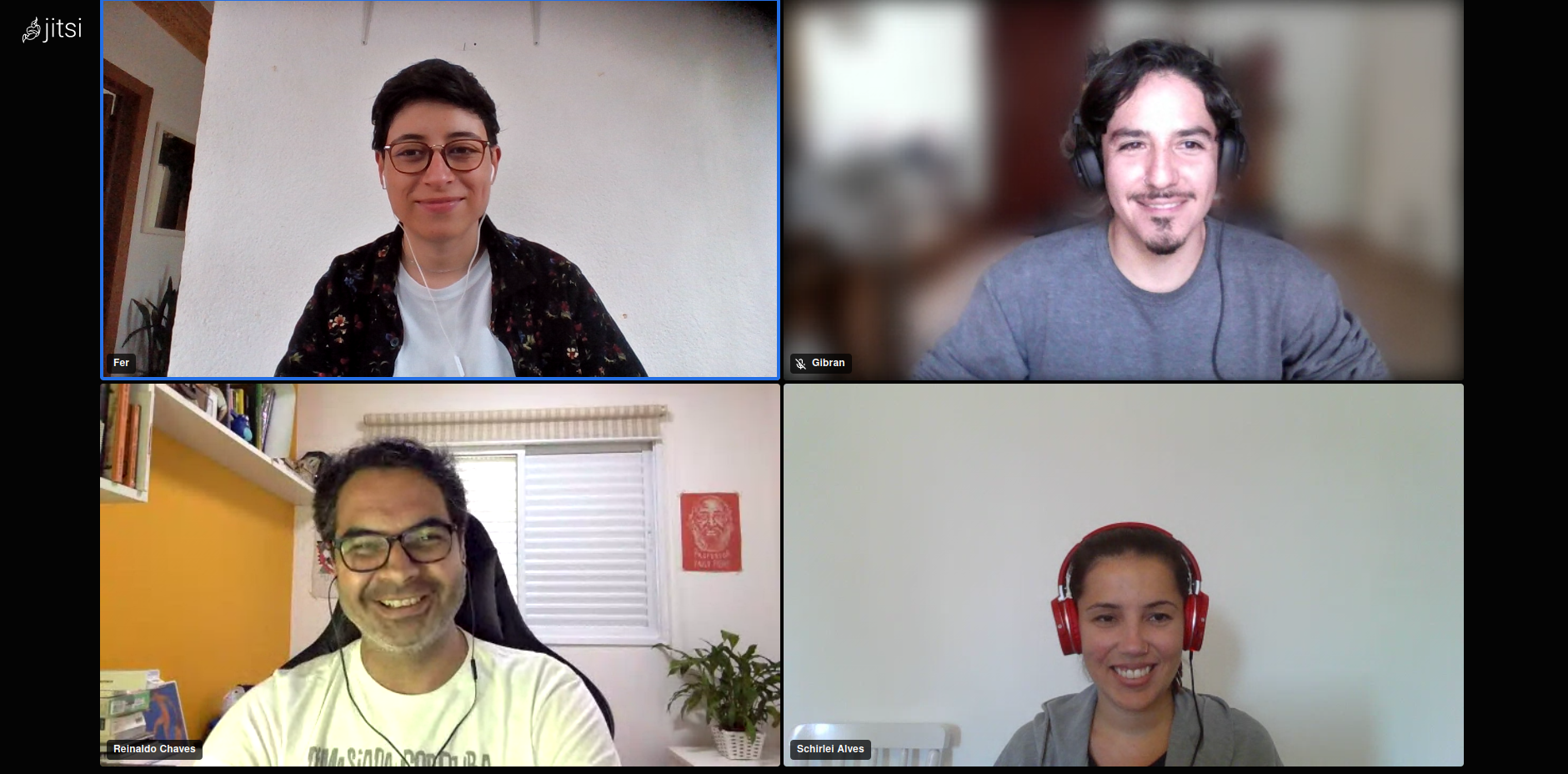
Name: Attack Detector
Creators: Fernanda Aguirre, Gibrán Mena (Data Crítica, Mexico), Schirlei Alves, and Reinaldo Chaves (Abraji, Brazil)
Launch date: January 2023
Funding: Through the JournalismAI Fellowship Initiative
Why it is innovative: It uses sentiment analysis models, capable of identifying the emotional tone behind a text, in Twitter/X content in Spanish and Portuguese.
A series of three feature stories and an interactive game reveal the reality experienced by Mexican textile workers. This is "Hecho en México, ¿pero a qué costo?” (Made in Mexico, but at what cost?)" a project by the organization Data Cívica in alliance with the independent journalism outlet Pie de Página that brings to light the stories of millions of women who face various rights violations in the Mexican apparel industry.
One of the stories talks about how women in the State of Mexico have turned their homes into garment maquilas in their attempt to earn an income without neglecting their families. Another reports on the exploitative conditions in the sewing workshops of a municipality in Guanajuato. The third tells the story of how a city in the state of Puebla went from being an agricultural municipality to becoming a jeans production center.
The interactive game, on the other hand, allows the user to put him or herself in the shoes of a textile worker who must choose between working, spending time with her daughter or taking time for herself.
Both the stories and the video game were published on a microsite and were illustrated with a visual style created especially for the project by Mexican designer Brenda Muro.
"Made in Mexico, but at what cost?" was honored with the first place of the Walter Reuter Award in the print category for its way of combining crónicas, interviews and data analysis.

Name: Hecho en México, ¿pero a qué costo?
(Made in Mexico, but at what cost?)
Creators: Data Cívica and Pie de Página (Mexico)
Launch date: July 2023
Funding: With support from Fundación AVINA's Arropa Initiative
Why it is innovative: From different angles and through different narratives – from text and illustrations to interactivity – it addresses a topic that is rarely covered in Mexican media.
Organized crime groups around the world are establishing alliances and collaboration networks with criminal groups in other countries to increase their power and reach. Faced with this situation, journalists must carry out similar strategies to more efficiently cover the complexity of the criminal world.
That was the premise of the authors of Amazon Underworld, a cross-border and collaborative investigation into the criminal networks operating in the Amazon, which seeks to help understand the dynamics of organized crime in this vast region.
The project was carried out by more than 37 journalists from 11 countries under the coordination of InfoAmazonia (Brazil), Armando.Info (Venezuela) and La Liga Contra el Silencio (Colombia), with the support of the Pulitzer Center's Rainforest Research Network. It consisted of eight stories published in Spanish, English and Portuguese in August 2023 that included interactive, geo-referenced data visualizations.
Amazon Underworld took 15 months of field reporting, data analysis and satellite imagery investigation to complete. The reports revealed important findings, such as the presence of armed groups and criminal organizations in most of the border municipalities of Bolivia, Brazil, Colombia, Ecuador, Peru and Venezuela, and the location of illegal gold mining, illicit crop cultivation and drug processing zones, and trafficking routes. The investigation also showed how these criminal groups have contributed to the destruction of protected natural areas and the invasion of Indigenous territories.
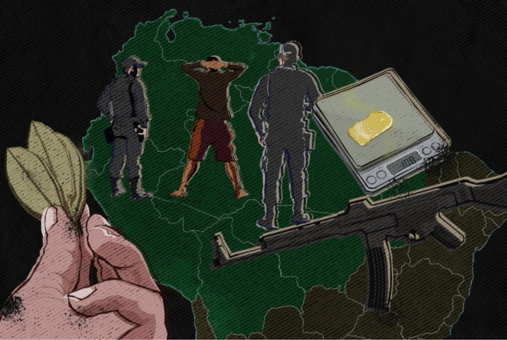
Name: Amazon Underworld
Creators: InfoAmazonia (Brazil), Armando.info (Venezuela) and La Liga Contra el Silencio (Colombia)
Launch date: August 2023
Funding: Funded by the Open Society Foundation, the UK Foreign and Commonwealth Office and the International Union for Conservation of Nature (IUCN NL)
Why it is innovative: It was a collaborative effort that used data journalism and geo-referenced visualizations. It was presented in three languages to multiply the reach of the findings.
At the crossroads of local elections in Colombia, in October this year, the digital native investigative journalism outlet Cuestión Pública launched "Desencanto” (Disenchanted), an interactive game that reveals the dark side of 27 candidates who participated in the electoral process.
The product is part of Cuestión Pública's commitment to gamification, following the success of interactive games in previous years that have allowed it to attract young audiences to its journalistic investigations and increase their impact on Colombia's public agenda.
“Disenchanted" allows users to learn about alleged links of candidates with organized crime or paramilitary groups, as well as to discover which of the candidates for public office have open legal proceedings against them and which political houses are backing them.
The interactive game was created with Power BI, a Business Intelligence platform developed by Microsoft that allows users to analyze, visualize and share data in the form of interactive visualizations and reports from multiple data sources.
But the technological product was backed by a thorough and strict investigation and verification process carried out by the Cuestión Pública team, with the support of expert advisors and lawyers.

Name: Desencanto (Disenchanted)
Creators: Cuestión Pública, Colombia
Launch date: Oct. 22, 2023
Funding: With funds from non-governmental organizations
Why it is innovative: It is the result of a proprietary methodology of investigation and development of playful and interactive narratives that Cuestión Pública has been perfecting since 2020.